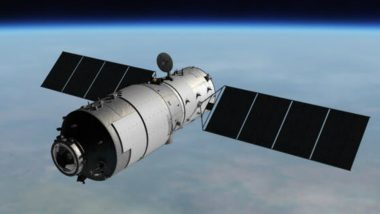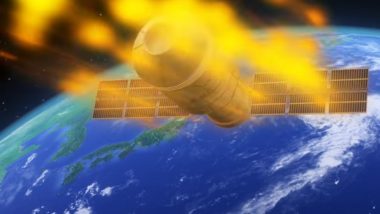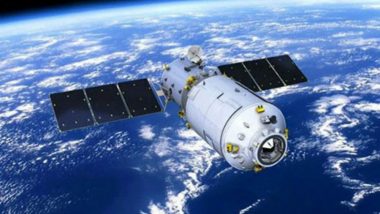China's first attempt of space station has gone out of control and is expected to crash back into the Earth's surface in few weeks. The 8.5-tonne module Tiangong-1 space station is likely to arrive in parts of parts of Europe, US, Australia and New Zealand but experts cannot predict the exact place. The earlier reports stated it could enter the atmosphere somewhere in April, but looks like it will arrive sooner than expected.
The European Space Agency says the module will descend between the 24th of March and 19th of April. China had admitted to losing its control in 2016 and even agreed that they would not be able to perform a controlled re-entry. The statement from Aerospace said there was “a chance that a small amount of debris” from the module will survive re-entry and hit Earth. They have also warned that the debris may contain a highly toxic and corrosive fuel called hydrazine on board.
The exact position of where it will re-enter is not figured but the chances indicate slightly higher in northern China, the Middle East, central Italy, northern Spain. The northern states of the US, New Zealand, Tasmania, parts of South America and southern Africa could also see the debris. So does this mean the people are in danger? Well, no. The possibility of these space debris hitting anyone living in these nations is minuscule.
The Aerospace Corporation has said, “When considering the worst-case location … the probability that a specific person (ie, you) will be struck by Tiangong-1 debris is about one million times smaller than the odds of winning the Powerball jackpot. In the history of spaceflight no known person has ever been harmed by reentering space debris. Only one person has ever been recorded as being hit by a piece of space debris and, fortunately, she was not injured.”
The Tiangong-1 was launched in 2011 and was used for both manned and unmanned missions by the country establishing itself into space research. However, it has failed and a word of caution is also advised about the same. Jonathan McDowell, an astrophysicist from Harvard University has said such debris keep crashing every few years but this one is bigger in size and speeding size is more so the exact details are being tabulated yet.
(The above story first appeared on LatestLY on Mar 06, 2018 06:22 PM IST. For more news and updates on politics, world, sports, entertainment and lifestyle, log on to our website latestly.com).













 Quickly
Quickly





















